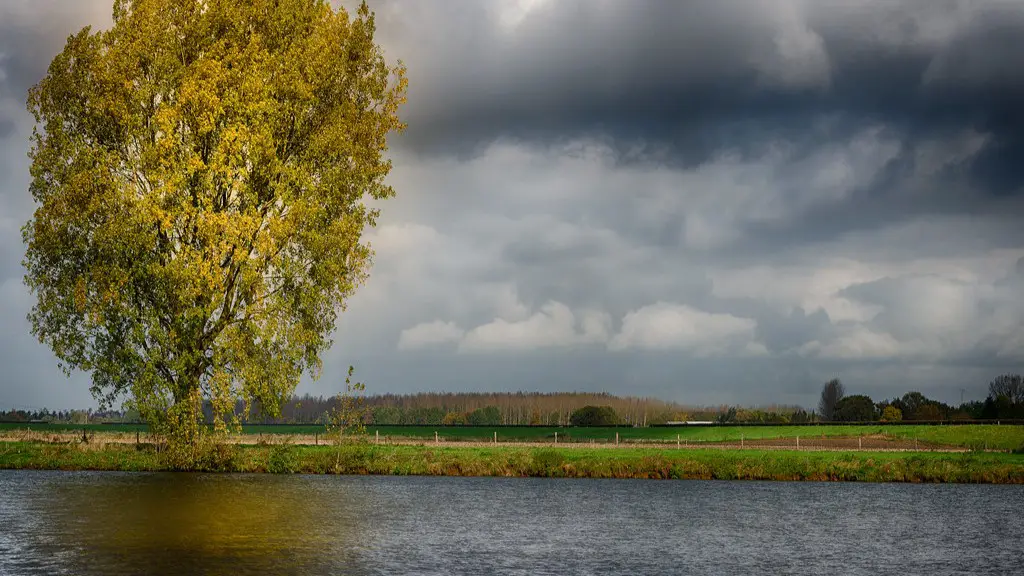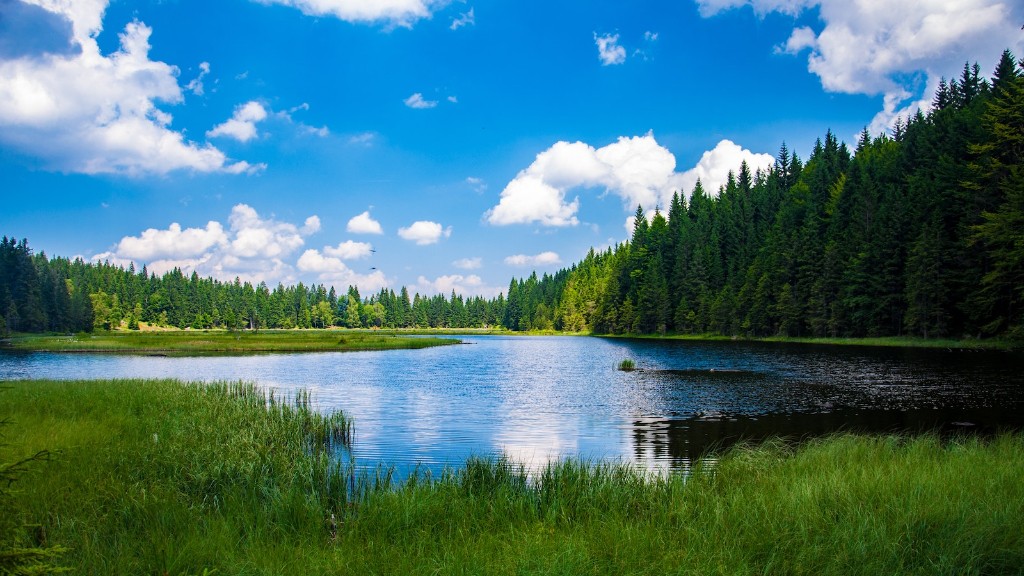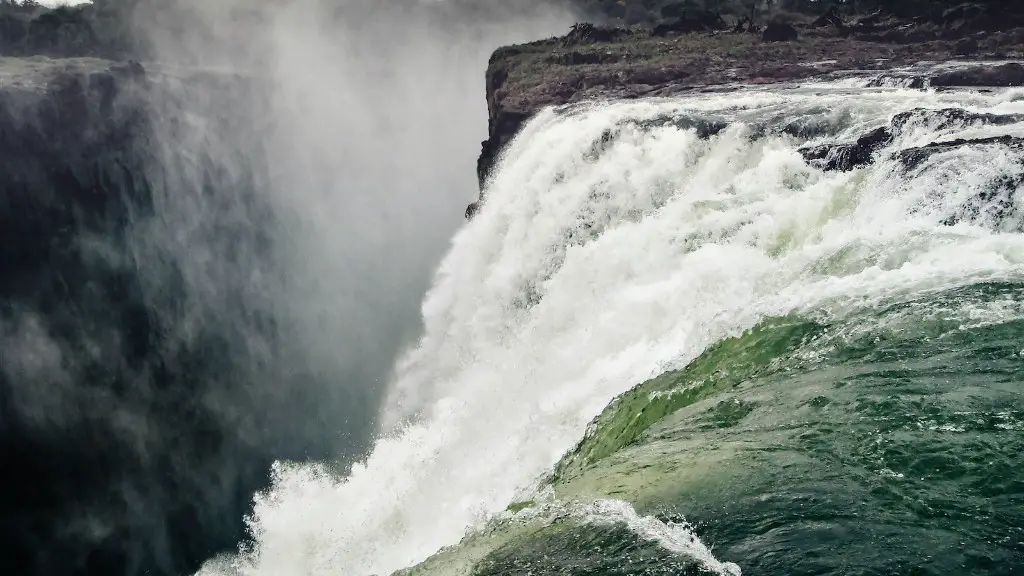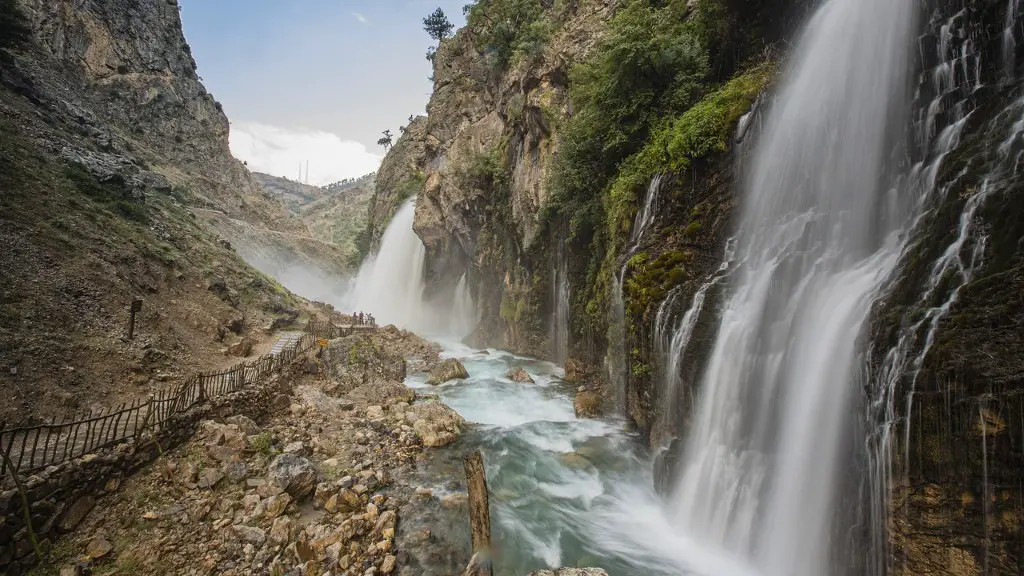The Amazon river is the second longest river in the world, and is located in South America. It is one of the most biodiverse places on Earth, and is home to many different plant and animal species. However, the Amazon river is under threat from humans. Human activities such as agriculture, logging, mining, and oil drilling are damaging the Amazon river and its ecosystem. These activities are causing the loss of habitat and the pollution of the river. As a result, many plant and animal species are in danger of extinction. The Amazon river is a vital part of our planet, and we need to do everything we can to protect it.
The Amazon River is the second longest river in the world and provides an important water source for South America. Deforestation, climate change, and pollution are some of the ways humans have adversely affected the Amazon River.
How Amazon is affected by human activities?
The Amazon rainforest is one of the most important ecosystems on the planet, and it is in danger. Deforestation, drought, fires, and other human disturbances are putting the forest in peril, and scientists are warning that it is time to take action. The Amazon provides vital services to the planet, including regulating the climate, producing oxygen, and providing a home for countless plant and animal species. We need to do everything we can to protect it.
Deforestation can have a significant impact on local climate and weather patterns. The loss of trees can lead to increased temperatures and less rainfall, as well as more extreme weather events such as floods and droughts. Deforestation can also release greenhouse gases like methane into the atmosphere, which can contribute to climate change.
What is a threat to the Amazon river
The Amazon rainforest is the largest rainforest in the world, and it is home to an incredible diversity of plant and animal life. Yet despite its vastness and importance, the Amazon faces a deluge of threats: a dam-building spree across the basin is disrupting fish migration and nutrient cycling, large-scale deforestation is destroying habitats and increasing sedimentation, pollution from mining and agribusiness is affecting aquatic ecosystems, and climate change is causing droughts and fires. These threats are putting the Amazon, and the life that depends on it, in grave danger.
Deforestation and fragmentation are the main drivers of tropical forest biodiversity loss. Most studies investigating these threats have focused on changes in species richness or species diversity. However, changes in forest structure and composition are also important drivers of biodiversity loss. For example, the loss of large trees can lead to the loss of canopy cover, which can in turn lead to the loss of understory plants and animals. In addition, the loss of trees can also lead to changes in the soil, which can impact the availability of water and nutrients for plants and animals. Climate change is also a major driver of tropical Forest biodiversity loss. For example, rising temperatures can lead to changes in precipitation patterns, which can impact the growth and survival of plants and animals. In addition, climate change can also cause changes in the distribution of species, as some species are able to adapt to new conditions while others are not.
What is the biggest threat to the Amazon?
The leading drivers of deforestation in the Amazon are:
1. Unchecked Agricultural Expansion
2. Uncurbed expansion of ranching and unsustainable farming practices clear forests and leaves areas more prone to fires that can quickly become uncontrolled
3. Illegal and Unmitigated Gold Mining
4. Illegal Logging
Climate change appears to be increasing the occurrence of both floods and droughts around the world. In the Amazon Basin, this has led to more frequent and more severe droughts. This is a serious problem for the region, as the Amazon is a vital source of freshwater for many countries in South America. The droughts are also causing problems for the local wildlife, as many animals rely on the Amazon’s rivers for their water supply.
Why are humans cutting down the Amazon rainforest?
The Amazon rainforest is being destroyed at an alarming rate to make room for cattle ranching. This activity is the leading cause of deforestation in the Amazon, accounting for approximately 80 percent of the destruction. This results in the release of 340 million tons of carbon per year, contributing to climate change. The loss of the Amazon rainforest is a tragedy, as it is a critical ecosystem that is essential for the health of our planet.
The study found that 85 million hectares of the Amazon rainforest have been lost since the 1970s – that’s an area about the size of the United States or China. The study blames deforestation and other causes for the loss of the Amazon rainforest.
Why are people tearing down the Amazon rainforest
Deforestation of the Amazon rainforest is primarily due to demand for agricultural land, mostly for cattle ranching and soybean production, Erin Sills, Edwin F Conger professor of forest Economics and head of the Department of Forestry and Environmental Resources at NC State, said in a talk at the 2019 American Geophysical Union Fall Meeting.
The expansion of agriculture is one of the biggest threats to the rainforest. As the demand for soybeans, beef, palm oil, and other products increases, farmers are clearing more and more land to grow crops and graze cattle. This destroys the forest and leaves behind a barren wasteland that cannot support much life.
Logging is another major threat to the rainforest. Each year, millions of trees are cut down to be used for lumber, paper, and other wood products. This not only destroys the habitat of the animals that live in the forest, but it also hurts the local economy and indigenous people who depend on the forest for their livelihood.
Finally, climate change is a looming threat to the rainforest. As the planet warms, the rainforest is becoming drier and more susceptible to wildfires. If the rainforest is destroyed, it will release huge amounts of carbon dioxide into the atmosphere, exacerbating climate change and causing even more damage to the planet.
What are the 4 top threats to the rainforest?
Deforestation is a major problem in many parts of the world. subsistence farmers clear forest land to make room for crops and grazing lands. Mining operations use forest land to build roads and dig mines. Governments and industry clear-cut forests to make way for service and transit roads. Hydroelectric projects flood acres of rain forest.
Deforestation happens when trees are cut down and the land is cleared for other purposes. Direct human causes of deforestation include logging, agriculture, cattle ranching, mining, oil extraction and dam-building. Deforestation can also happen indirectly, when land is degraded by things like climate change, drought, or fire. This can also lead to less trees being able to grow, and eventually to deforestation.
What is affecting the Amazon rainforest
There is no denying that the climate is changing, and it is affecting the Amazon region in a number of ways. Higher temperatures and altered rain patterns are already having an impact on the forests, water availability, biodiversity, agriculture, and human health in the Amazon. As these changes continue and intensify, it is likely that they will have an even greater impact on the people and the environment in the region. It is essential that we take measures to protect the Amazon and its inhabitants from the effects of climate change.
The above activities are known as land uses. They can be broadly divided into two categories – primary land uses and secondary land uses.
Primary land uses are those that are directly related to the production of goods and services, such as agriculture, forestry, grazing, and mining. They usually involve the clearing of land, and can have a significant impact on the environment.
Secondary land uses are those that are not directly related to the production of goods and services, but still have an impact on the environment. They include activities such as road and railway construction, and the conversion of land into other ecosystems, such as urban areas.
How can we protect the Amazon river?
Reducing your use of fossil fuels is one of the best things you can do to help protect the environment. Burning fossil fuels releases carbon dioxide and other greenhouse gases into the atmosphere, which contributes to climate change. The Amazon rainforest is especially vulnerable to climate change, so it’s important to do what we can to reduce our impact. One way to do this is to support renewable energy. Renewable energy sources like solar and wind power don’t produce greenhouse gases, so they can help reduce our impact on the environment. Another way to reduce your impact is to turn off electric appliances when you’re not using them. Even when they’re not turned on, they still use energy and generate greenhouse gases. So by being mindful of your energy use, you can help make a difference.
The table above shows the estimated loss of forest cover in the Brazilian Amazon from 2017 to 2020. As can be seen, the amount of forest cover remaining has decreased significantly, from 809% in 2017 to 803% in 2020. This is a cause for concern, as the loss of forest cover can lead to a loss of biodiversity and a decrease in the ability of the ecosystem to provide services such as carbon sequestration.
Why is Amazon hurting the environment
Amazon’s growing carbon footprint is alarming. The company’s emissions grew by 18% last year, and it is now producing as much pollution as 180 gas-fired power plants. This is a major environmental concern, and Amazon must take action to reduce its impact on the planet.
The Amazon rainforest is a key part of the Earth’s climate system. The loss of this critical ecosystem would have far-reaching consequences for the global climate. Warmer temperatures, more frequent floods and longer droughts would all be likely impacts of the disappearance of the Amazon rainforest. The decrease in rainfall would also lead to increases in pests and diseases, as well as reduce the availability of water for crops. The loss of the Amazon rainforest would be a devastating blow to the planet, with ripple effects felt around the world.
Warp Up
The Amazon River is one of the largest river systems in the world, and it is greatly affected by human activity. The Amazon basin is home to over 30 million people, and the river provides many people with their main source of water. The basin is also home to many industries, such as agriculture, logging, mining, and oil extraction. All of these activities have an impact on the river.
Logging and agriculture can lead to soil erosion, which can clog the river and affect its flow. Mining can pollute the river with toxins and heavy metals. Oil extraction can cause spills and leaks that can pollute the river. All of these activities can also have an impact on the habitats of the animals that live in and around the river.
In conclusion, humans have a big impact on the Amazon River. We pollute it with our waste, dam it for our own purposes, and contribute to deforestation which in turn hurts the river’s ecosystem. We need to be more aware of our impact and take steps to protect this important resource.





